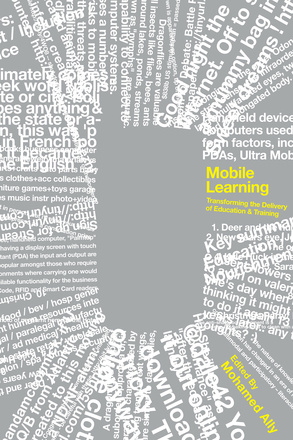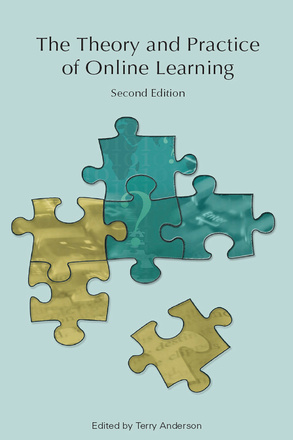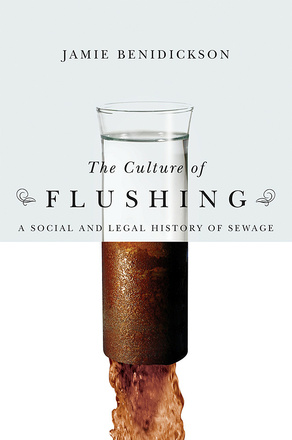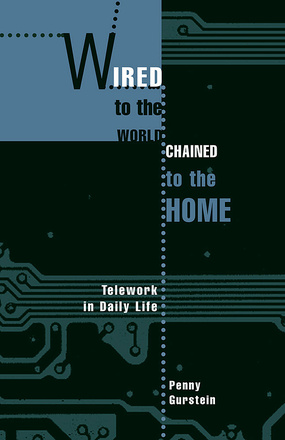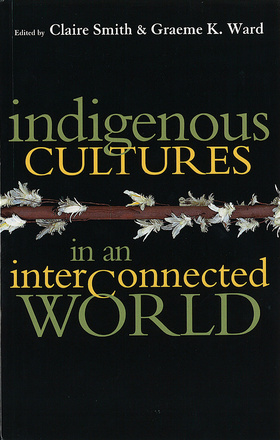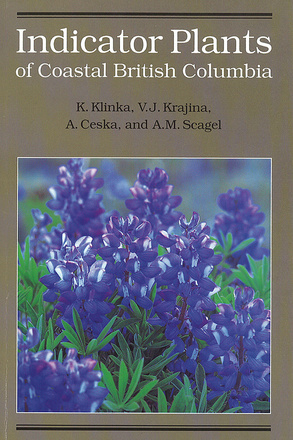The Technological Imperative in Canada
An Intellectual History
This highly original, seminal study of Canadian theorists of technology and morality shows that Canadian thinkers were not only original and intellectually au courant but also engaging and insightful.
Mobile Learning
Transforming the Delivery of Education and Training
Readers will discover how to design learning materials for delivery on mobile technology and become familiar with the best practices of other educators, trainers, and researchers in the field, as well as the most recent initiatives in mobile learning research.
Emerging Technologies
From Hindsight to Foresight
Addresses the ethical, legal, and social dimensions of emerging technologies and assesses their social and policy implications.
The Theory and Practice of Online Learning, Second Edition
The Culture of Flushing
A Social and Legal History of Sewage
Iinvestigates and clarifies the murky evolution of waste treatment – in a time when community water quality can no longer be taken for granted.
Communication Technology
Darin Barney takes a piercing, nuanced look at how communication technologies are changing democratic life in Canada, and whether technological mediation of political communication has an effect on political practice.
Wired to the World, Chained to the Home
Telework in Daily Life
Will working from home solve many of society's ills, or create new ghettos? This book analyzes the experiences to look at workload, mobility, work status and gender to understand the implications of telecommuting on employment policies, community planning and daily life patterns.
Indigenous Cultures in an Interconnected World
Increasingly, Indigenous people are being drawn into global networks. In the long term, cultural isolation is unlikely to be a viable – even if sometimes desired – option, so how can Indigenous people protect and advance their cultural values in the face of pressure from an interconnected world?
Prometheus Wired
The Hope for Democracy in the Age of Network Technology
Describing and documenting the actual effects of computer networks on people's experience in the workplace, marketplace, and community, the book argues that the conditions of surveillance and corporate control far outweigh those of information access as key elements in the social and political presence of network computing.
Plants of British Columbia
Scientific and Common Names of Vascular Plants, Bryophytes, and Lichens
An up-to-date checklist of the current valid taxonomy for all vascular plants, bryophytes, and lichens in British Columbia.
A Stake in the Future
Redefining the Canadian Mineral Industry
A comprehensive study of the Whitehorse Mining Initiative, which aimed to revitalize the mining industry.
The Planet Mars
Twenty years after the Viking missions of the '70s, we are finally going back to Mars. No fewer than ten missions are planned for the period between 1996 and 2003, and it is likely that human explorers will follow soon after--perhaps by the middle of the twenty-first century. When they do, they will owe much to the Mars of romance, to ...
Paths of Life
Within these pages are living portraits of fifteen Native American groups of Arizona and northern Mexico. The Navajos, the Western Apaches, the Hualapais, Yavapais, and Havasupais, the Yaquis, the O'odham, the Tarahumaras, the Southern Paiutes, the Seris, the Colorado River Yumans--Quechan, Mohaves, Cocopas, and Maricopas--and the Hopis. Literally and figuratively, the paths they walk are the same paths walked by their ancestors, going back hundreds and even thousands of years.
Through history, most of these groups have seen their homelands conquered by outside military forces and their people scattered far and wide. Yet, despite years of exile and subjugation, they have all kept alive their cultures, their sense of being a people. This book explores the symbols, rituals, and words that have ensured continuity and that distinguish each group from others. Equally important, Paths of Life describes the dynamic changes that are occurring in each group as new ideas are incorporated into traditional ways of life.
The book focuses on one major cultural theme for each group. The chapter on the Navajos, for example, illustrates how the work of sheepherding reinforces the Diné way of relating to one another and living off the land, while the chapter on the Yaquis examines how Catholic and Native rituals have become fused into a uniquely meaningful Yaqui religion. Throughout the book, the guidance and advice of respected Indian scholars have ensured both accuracy and authenticity.
The pages in this volume are filled with individuals like Victoriano Churro, "a man who ran like a deer," and artist Grace Mitchell: "I'm going to weave a basket. I'll gather mulberry shoots, split them and roll them . . . " There are glimpses of the Yaqui flower world, "Wilderness world / flower freely, is blowing, / wilderness world," and the Seri creation myth, "Slender whirlwinds coming from the sky touch the land. / Sounds of arrows / striking the ground, / roaring, / raising dust clouds." Here also are Father Sun and Mother Moon, Rock Crystal Boy and Yellow Corn Girl, Spider Woman, Wolf, and of course Coyote.
Among the many books written about these groups, Paths of Life is rare for its breadth of information. The book includes dozens of photographs, both color and black-and-white, as well as a number of short asides, which discuss special points of interest. Readers in search of even more information will appreciate a carefully selected list of suggested additional reading. Encompassing anthropology, history, Native American cultures, arts, and folklore, at heart this is a book for anyone--teacher, student, armchair traveler, general reader--whose imagination has been captured by the lands and peoples of the Greater Southwest.


